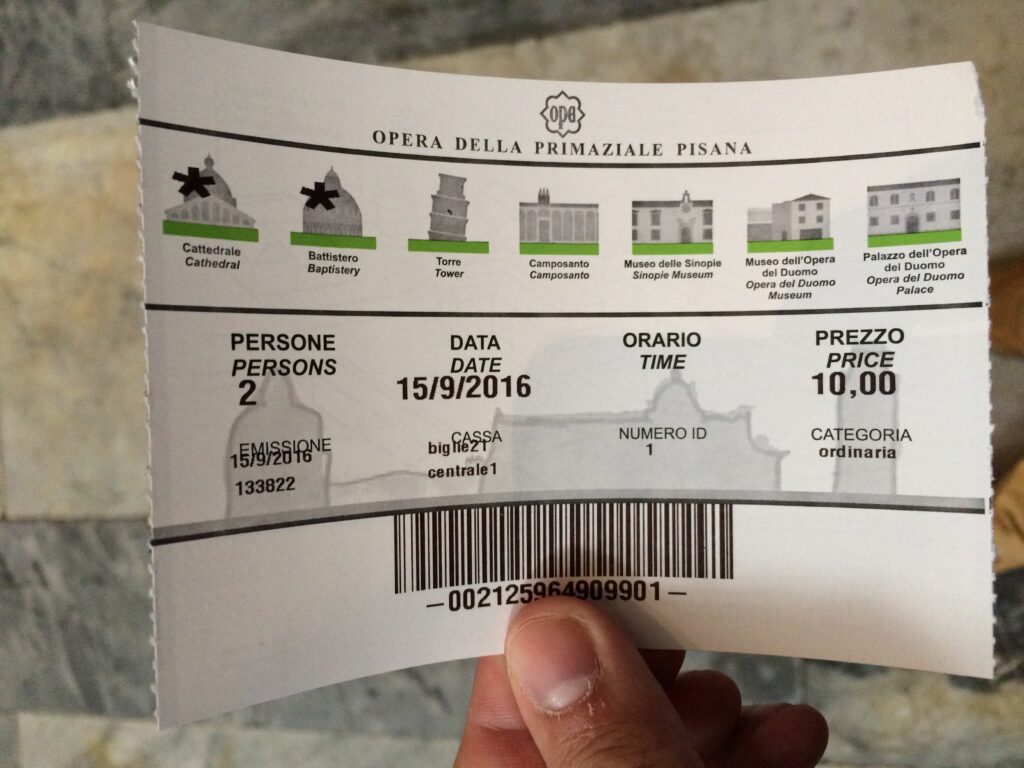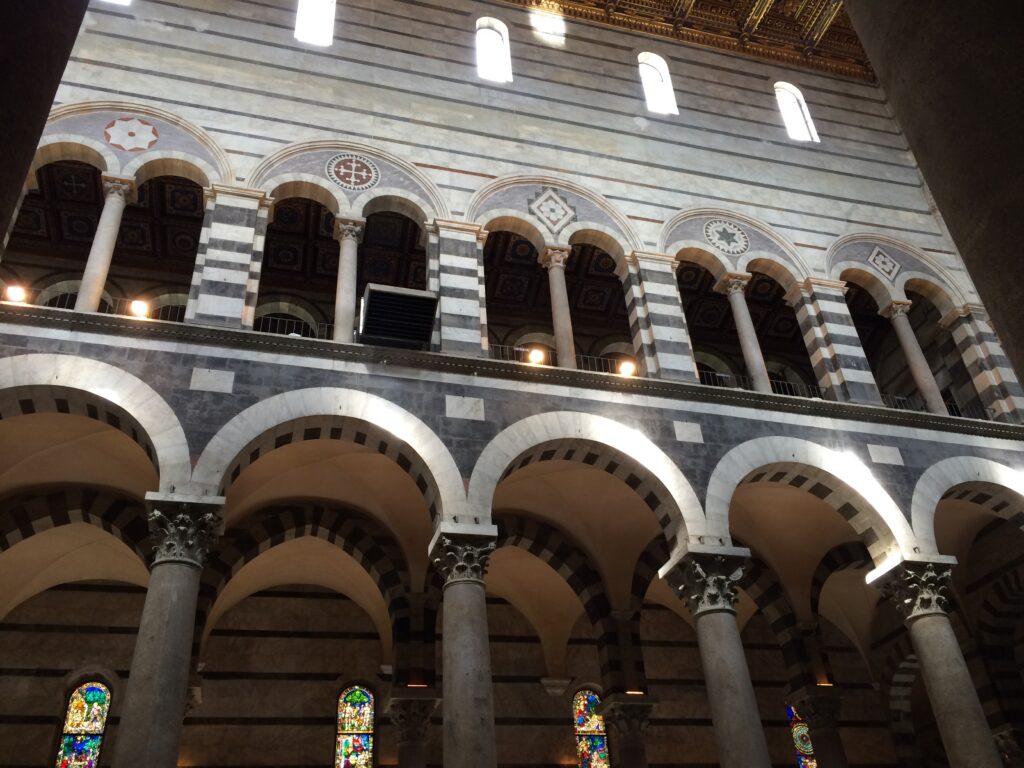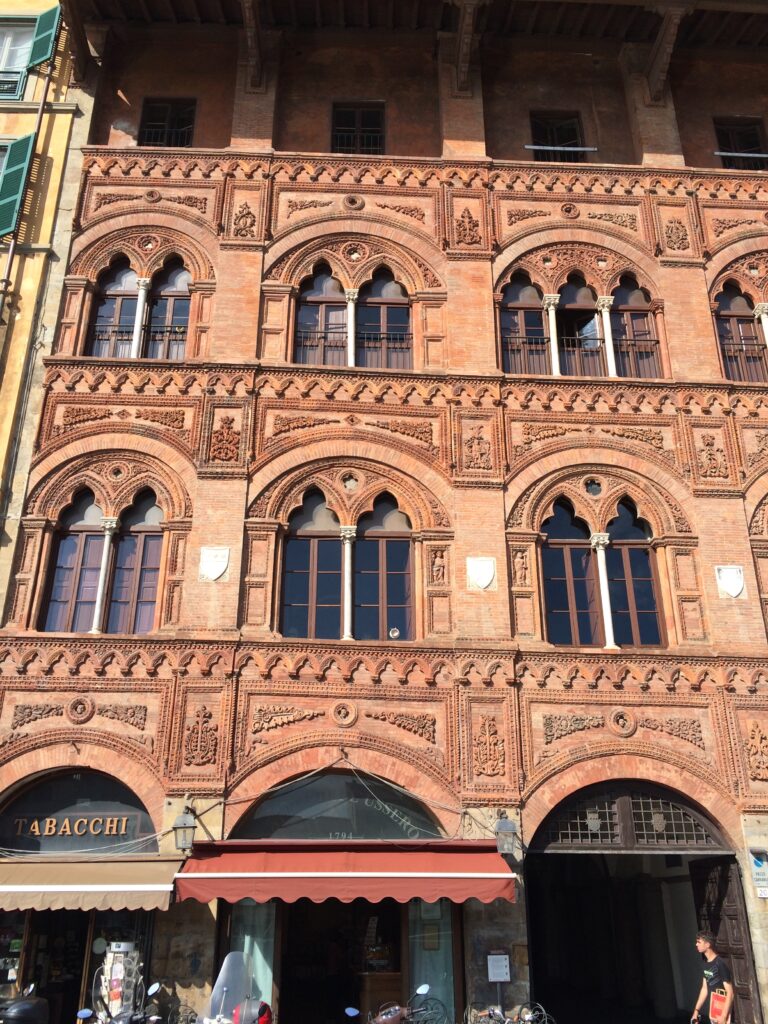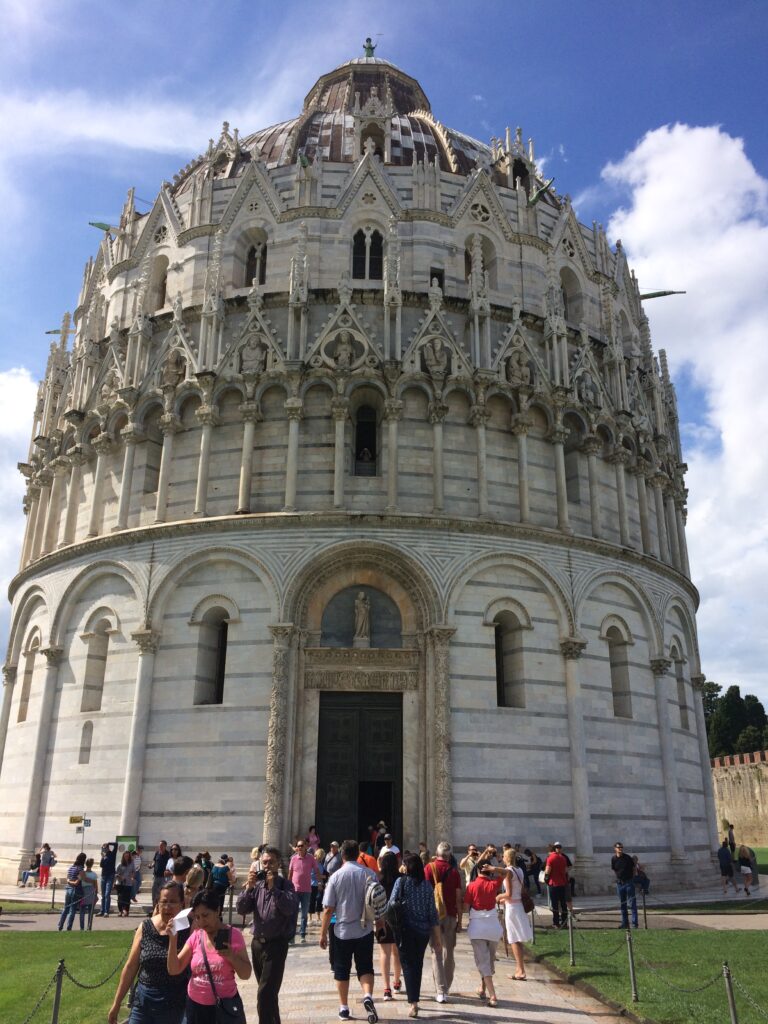
In this blog post, we will guide you through the must-see attractions and provide practical information for making the most of your one-day visit. Pisa is a city located in the Tuscany region of Italy, best known for its iconic leaning tower, the Tower of Pisa. The city is a treasure trove of history, culture, and art, with a rich heritage dating back to ancient times.
Rated by Szymon
5.0 out of 5.0 stars
Top 10 Places to See in Pisa:
- The Leaning Tower of Pisa: Start your journey at the world-famous Leaning Tower, an architectural wonder that has captured the imagination of travelers for centuries. Take stunning photos and marvel at its unique tilt.
- Piazza dei Miracoli (Square of Miracles): Explore the grandeur of Pisa’s main square, home to not only the Leaning Tower but also other magnificent landmarks, including the impressive Pisa Cathedral and Baptistery. Stroll through this UNESCO World Heritage site and soak in its splendor.
- Cathedral: Admire the stunning Romanesque architecture of the Pisa Cathedral, also known as the Duomo. Step inside to appreciate the exquisite artworks and the awe-inspiring interior.
- Baptistery: Don’t miss the Baptistery, an architectural gem with its mesmerizing acoustics. Climb to the top for panoramic views of Pisa and the surrounding countryside.
- Medieval Walls: Take a leisurely walk along the ancient city walls for a glimpse into Pisa’s rich history. Enjoy the scenic views and discover hidden gardens along the way.
- Campo Santo Monumentale: Visit the Campo Santo Monumentale, a monumental cemetery known for its impressive frescoes. Explore the beautiful cloisters and contemplate the serene atmosphere.
- Palazzo Blu: Immerse yourself in art and culture at Palazzo Blu, a renowned exhibition space. Discover captivating exhibitions that showcase both Italian and international artists.
- Botanical Gardens of Pisa: Find tranquility in the enchanting Botanical Gardens of Pisa, established in 1543. Admire the diverse collection of plants, trees, and flowers as you enjoy a peaceful walk.
- Palazzo della Carovana: Marvel at the grandeur of Palazzo della Carovana, part of the prestigious Scuola Normale Superiore di Pisa. Admire the intricate architecture and imagine the history that unfolded within its walls.
- Museo dell’Opera del Duomo: Conclude your day by exploring the Museo dell’Opera del Duomo, which houses an impressive collection of sculptures, paintings, and ecclesiastical artifacts. Gain a deeper understanding of Pisa’s art and cultural heritage.

Food
Minestra di Farro ed Orzo alla garfagnina in Pisa
Practical Information:
- Getting There: Pisa is well-connected by train, and the International Airport is just a short distance away.
- Time Management: Plan your visit strategically to make the most of your day. The main attractions are within walking distance of each other, allowing for easy exploration.
- Tickets: Purchase a combined ticket for the Leaning Tower, Cathedral, Baptistery, and Camposanto for cost-effective access to multiple landmarks.
- Dress Code: When visiting religious sites like the Cathedral, remember to dress modestly and cover your shoulders and knees.
- Local Cuisine: Sample the local delicacies, such as Cecina (a chickpea flour flatbread) and Bistecca alla Fiorentina (Florentine steak), to complete your Pisan experience.
History of Pisa
The history of Pisa can be traced back to the Etruscan period, when a settlement was established on the site of the present-day city. It became a powerful maritime republic in the Middle Ages, and its naval power and wealth allowed it to become one of the most important cities in Italy. During this period, Pisa built a vast commercial empire, extending its influence over the Mediterranean and beyond.
Tower
One of the most famous landmarks in Pisa is the Tower of Pisa, also known as the Leaning Tower. The tower is the bell tower of the Cathedral of Pisa and it is built on a soft subsoil, which caused it to start leaning during its construction in the 12th century. The tower is now known for its distinctive lean, which has become one of the city’s most iconic symbols and a popular tourist attraction. Visitors can climb the tower’s 296 steps to the top, where they can enjoy panoramic views of the city and the surrounding countryside.
Cathedral
Another important landmark in Pisa is the Cathedral of Pisa, also known as the Cathedral of Santa Maria Assunta. The Cathedral is a beautiful example of the Pisan Romanesque style, and it is known for its striking marble façade, as well as for its beautiful interior, which contains many works of art, including frescoes by the Pisan master Cimabue.
Pisa is also home to several other important landmarks, such as the Baptistery, the Camposanto Monumentale, and the Palazzo dell’Orologio. The city is also home to several museums, including the Museo dell’Opera del Duomo, which houses a collection of artworks and artifacts from the city’s past.
Pisa is not just about the leaning tower, it’s also about its charming streets, delicious local cuisine and its lively student atmosphere, Pisa is home to the oldest university in Italy, the University of Pisa, founded in the 13th century, which still operates today.
In conclusion, Pisa is a city that offers a wealth of history, culture, and art, and is a must-see destination for anyone interested in Italian history and culture. From its iconic leaning tower, to its beautiful churches and museums, Pisa is a city that is sure to leave a lasting impression on all who visit.
Gallery











































Some information comes from these sources:
This article uses material from the Wikipedia article https://en.wikipedia.org/wiki/Pisa, which is released under the Creative Commons Attribution-Share-Alike License 3.0.
